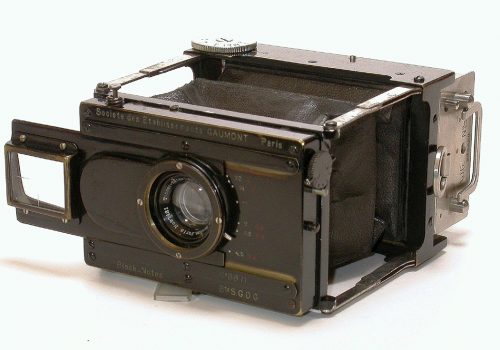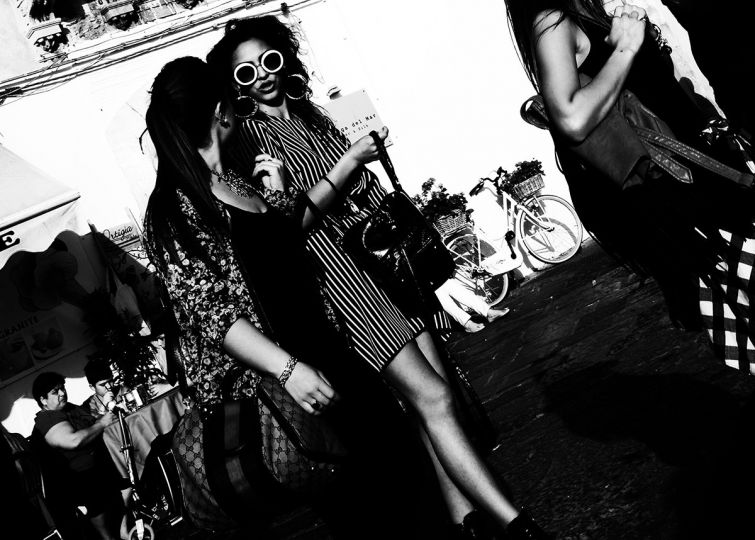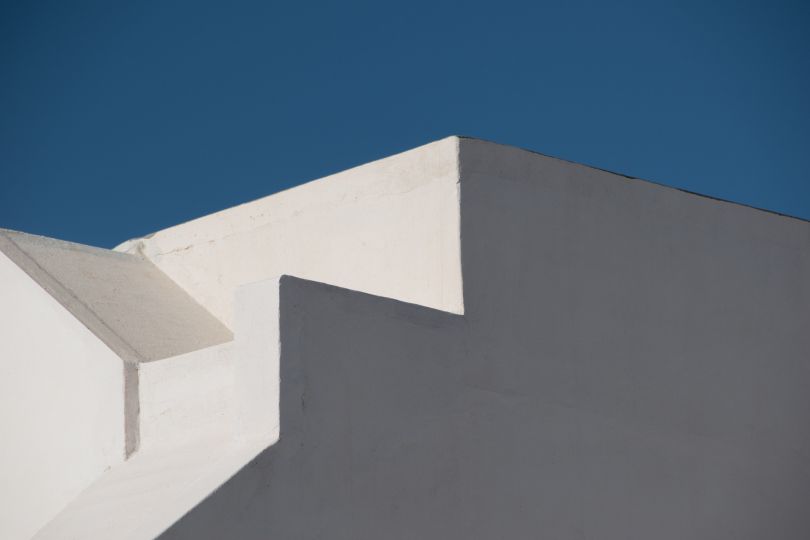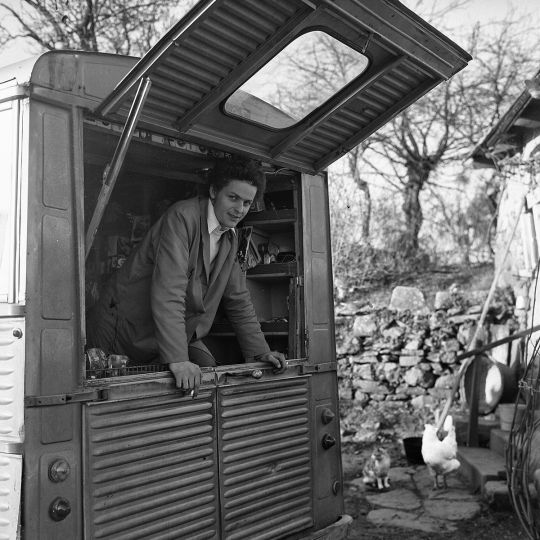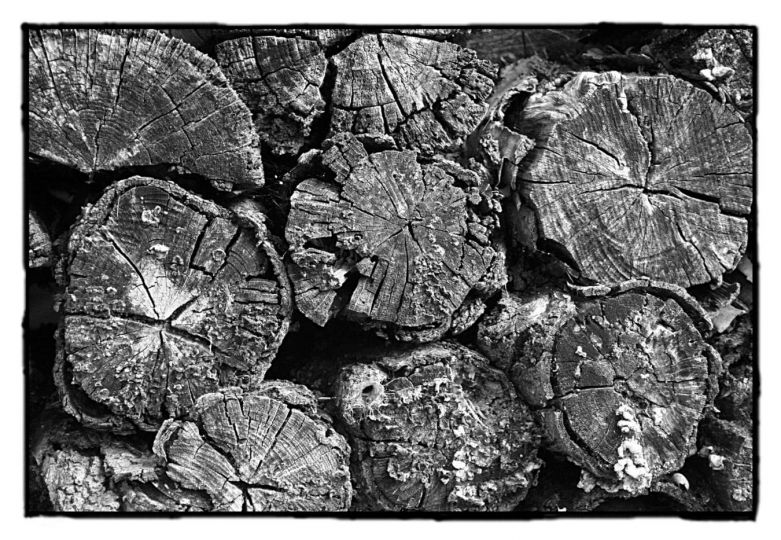#3 – The fifties of the Rolleiflex
When I discovered the Associated Reporters news agency in 1955, I felt like I was falling with the poor. I came out of three years of naval aeronautics where we were fairly well equipped. Comparing modern aeronautical equipment and techniques with what I had at Reporters Associés, I was disappointed. I expected better in civilian life!
During my engagement in the naval aeronautics, we made aerial photography, vertical and oblique, with cameras left by the Americans after their departure. The devices of the end of World War II were revolutionary for us. The aerial shots were in 13×18 cm or 18×24 cm format. The films were developed in fully automated machines. The devices: the Altiphote and its seven kilos for oblique aerial photography, the Sfom of thirty kilos for mapping or vertical photography. On the other hand, the traditional shots were done in Semflex, a 6×6 format made in France or in Foca a 35 min format.
But in the 1950s, there were still glass-plate cameras. Photographers still frequently use the Gaumont, a wooden bellows camera, with spare magazines for six glass plates. I have personally worked with this device.
In 1955 the Rolleiflex was essential. It is a device of German origin equipped with high quality Zeiss optics. He dethroned all the others. There was also the more sophisticated but more expensive Hasselblad, which was used mainly in the studio.
In the mid-1950s, almost all press agency photographers worked with a Rolleiflex, all the photos were then in black and white. The color, little used, existed with Kodachrome film. It was also the beginning of Ektachrome films which will later become the format of professionals. But newspapers mainly printed black and white.
These first years the agency covered French and European events. Air travel was still very expensive.
I remember the most distant report made by Lova de Vaysse in 1955. He left “for the Turcomans” in Asia: a fortnight on horseback in the great steppes and sleeping with the locals in yurts. I think I remember him going there with Jacques Blot, his friend from France Dimanche. Neither were horsemen and they suffered!
At the start I went with him for a reportage. My first reportage was in Chamonix, in December 1956 when two mountaineers disappeared Jean Vincendon and François Henry. They were trapped by a snowstorm in the Mont-Blanc. They did not get out of it alive despite the exploit of military helicopters, the Alouettes 2, used for the first time in mountain rescue.
Marcel Dassault founded in 1954 Jours de France, a weekly newspaper of great reporting at the time. He intended to compete with Paris Match and, I think we were there for them.
I also remember the inauguration of a monument in the Vercors to the glory of the resistance fighters by the General de Gaulle. “This is De Gaulle’s return to politics,” said Lova de Vaysse.
Then, a reportage for the German weekly Stern in Morlaix on the occasion of the presentation of a decoration to a German officer. Etc. I will not quote everything!
Going on a report with Lova de Vaysse was adventure! Suddenly, at 7 o’clock in the evening, he decided: “you come we go to the mountains …” I had no time to change, no suitcase, we got in his car a Renault Frigate and on the way. He liked to drive at night, I did not drive. At 4 o’clock in the morning, it was his habit, he stopped on the side of the road and fell asleep until daybreak. It was winter, it was dark but we arrived there in the morning.
This is how we set out to do De Gaulle in the Vercors or Joséphine Baker at the Château des Milandes for the inauguration of her “Rainbow Tribe”, and so many other reports.
At the Château des Milandes with Joséphine Baker, in 1956, there was a dinner with other photographers, one of whom I did not know it was Jean-Pierre Pedrazzini. He proudly showed us his new acquisition, a practical Novoflex telephoto lens for aiming. It looked like a gun. But in November the Budapest Revolution broke out, Pédrazzini was killed there. It was said that this Novoflex looked too much like a weapon. De Vayssse was in Budapest with “Pédra” and his daughter Katherine said that he often told that Pedrazzini was behind him, that he had stopped to change films and that it was Pedrazzini who had been injured in his place.
For Lova de Vaysse sleeping was not a problem, he could recover really fast. He could sleep on a street corner, standing on a train, or like sailors, in shifts. And that’s true ! Once I didn’t sleep for 48 hours, personally I was exhausted, he was fine.
But when we come back from reporting, I worked: developing films and making contact sheets, he went to bed. My work was barely finished when he woke up to select the photos. I continued at the lab all day!
No time clock at the agency of course, no hours either, but you had to be there during the day, at night, on Saturday, on Sunday and on public holidays if necessary. Everything was done with confidence, but if I wanted to leave for eight days to recover it was enough to let him know…
With Lova de Vaysse I learned how to choose photos and the art of framing. He cared a lot and we always played with cropping. Nothing superfluous should remain in an image if it did not cover the subject of the report. As I handled the enlarger perfectly, we worked miracles.
I remember a reportage during the Algerian war where, thanks to a huge enlargement, “fellagas” appeared hiding and fleeing into the wild. Lova de Vaysse had sensed that there was something in the corner of the picture. The series of photos appeared in Paris Match!
I used a lot of Scoponet !
Each contact sheet had the company name at the top, that was new. This is a proposal I made to the agency. Each film or film 120 is cut by four views to compose the contact sheet. Each film has twelve views with the Rolleiflexes.
The reports were then archived by date, subject and name of the photographer in empty photo paper boxes. This was classic work …
No or few archives. For Renaud Martinie, the accountant-salesmen, who took care of it and stored a few photos in these boxes, taking up space and it selling little. Most of the turnover came from the arrival of the direct sales report and exclusively to the biggest magazines.
The negatives were stored in a small cabinet or in empty photo boxes. The prints were initially in 18×24 or 24×30 format on Lumière brand paper. The Lumière company merged in the 1960s with Ciba-Geigy and then ended up in the Ilford company. From 1956 we adopted the English format of Ilford paper (20×25) which better adapts to the 6×6 format of the Rolleiflex. In height or width, it did not matter, it’s always square, the framing defined the image.
From 1955, the team of photographic reporters was made up of Lova de Vaysse, Claude Rodriguez, Jacques Florent, Jacques Blot, Louis Le Roux, a man called Martin specialized in still photography. Dimitri Sorokine specialized in show biz but mostly took photos of striptease, he was also married to a stripper.
Renaud Martinie left Associate Reporters and was replaced by George Fargette, a man in his late fifties. Jean Monteux, future salesman of Gamma, replaced him in 1962. He came from the Keystone agency.
This article first appeared on the A L’OEIL – Journalism & Photography website : http://www.a-l-oeil.info/blog/

